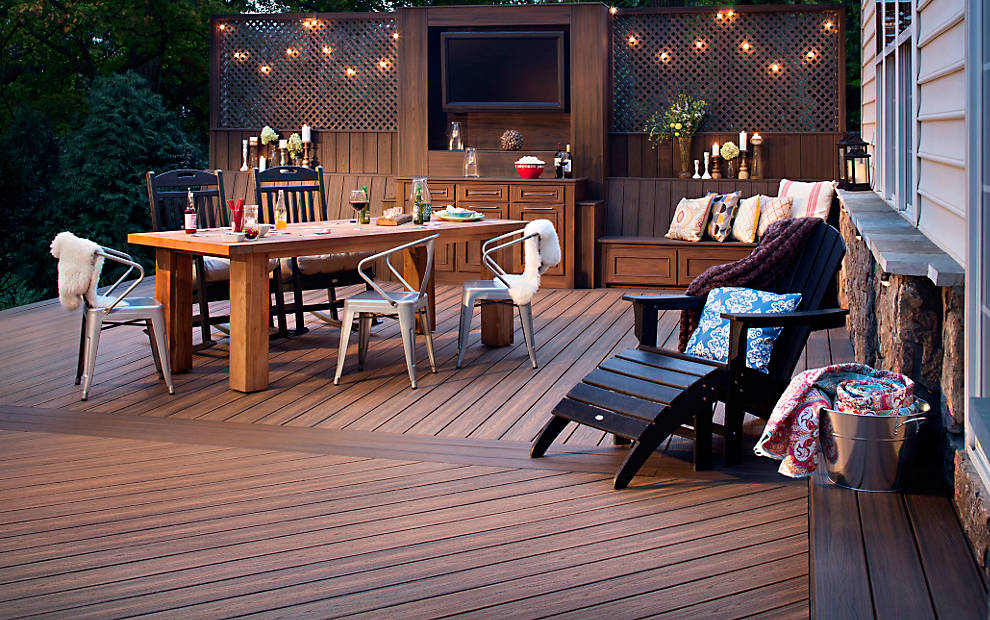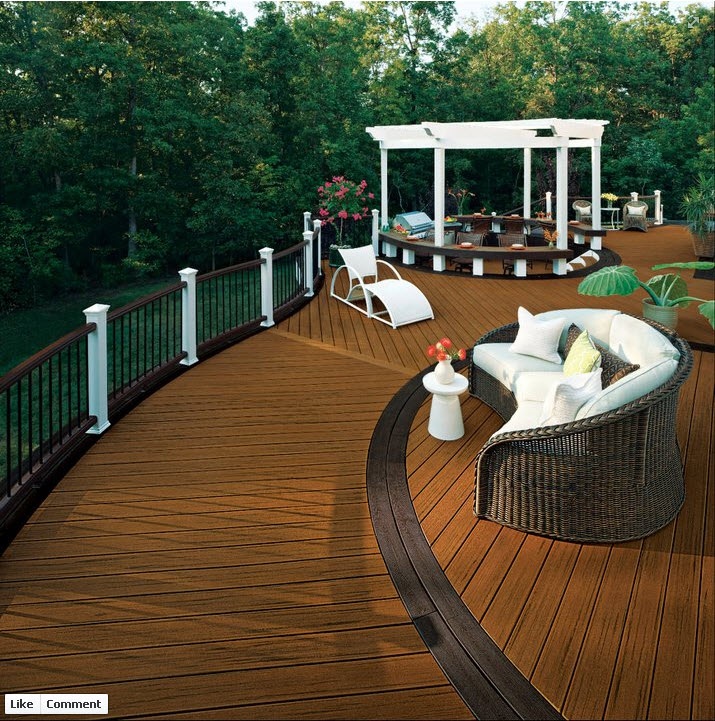Does anyone have experience with concrete deck tiles as a decking surface? I'm not talking about the thin matts that you can put over existing deck surfaces. Rather, these tiles (from what I've read) are about an inch thick, concrete, but with some beautiful finished surfaces, 24x24 or 16x16, and able to support 1000 lbs per tile. Supposedly impervious to water, mold, stains, etc. They also won't char or burn like wood, trex, or composite if you have a nearby fire pit that throws sparks.
To install, you only have to glue the tile directly to the joist with an exterior-type glue. If I understand correctly, you have to add a "sister" joist alongside each existing joist to provide more glueing surface. No screwing required.
They're expensive and get very hot in direct sun, but are truly maintenance free.
I'm thinking of replacing our 25 year old deck surface with them, but I don't know anyone with any experience using them. No local hardware or lumber store supplies them, so I would have to pay for shipping. And I'm not sure I want to take on the project, but I don't know anyone with any experience installing them.







